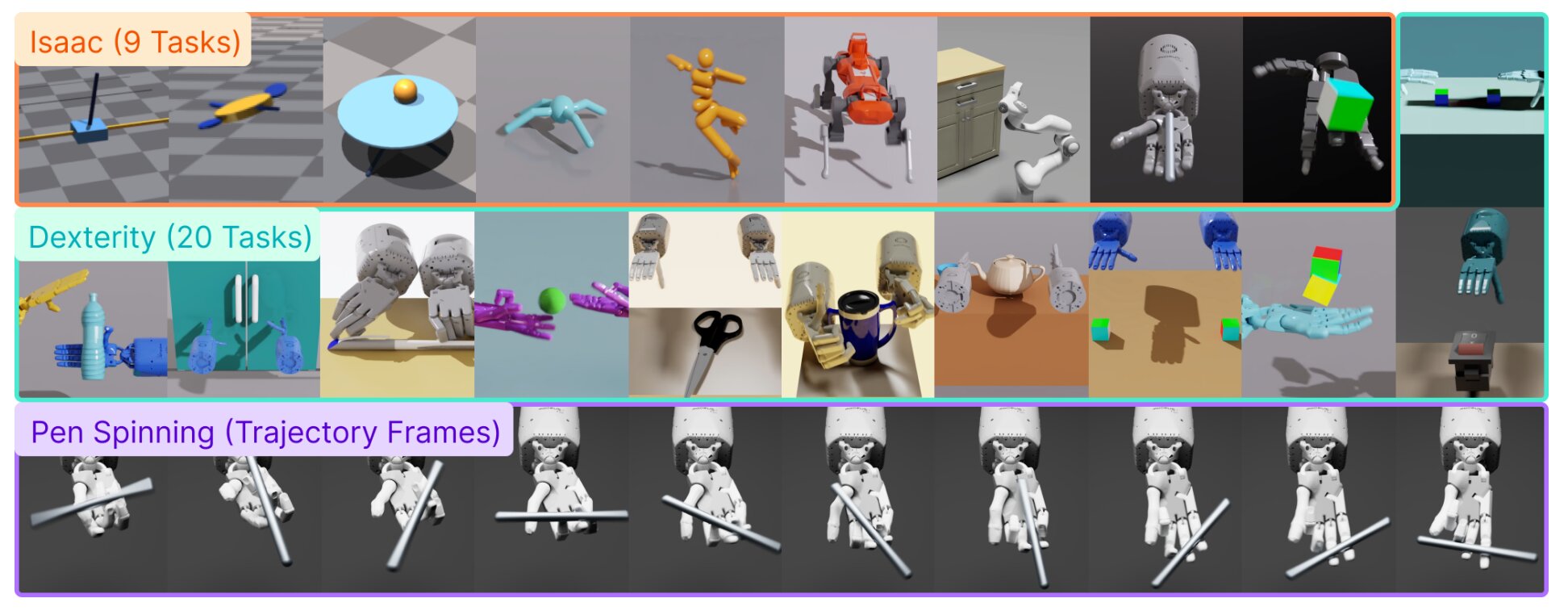
Intelligent robots are reshaping our universe. In New Jersey’s Robert Wood Johnson University Hospital, AI-assisted robots are bringing a new level of security to doctors and patients by scanning every inch of the premises for harmful bacteria and viruses and disinfecting them with precise doses of germicidal ultraviolet light.
In agriculture, robotic arms driven by drones scan varying types of fruits and vegetables and determine when they are perfectly ripe for picking.
The Airspace Intelligence System AI Fly...
Read More







Recent Comments